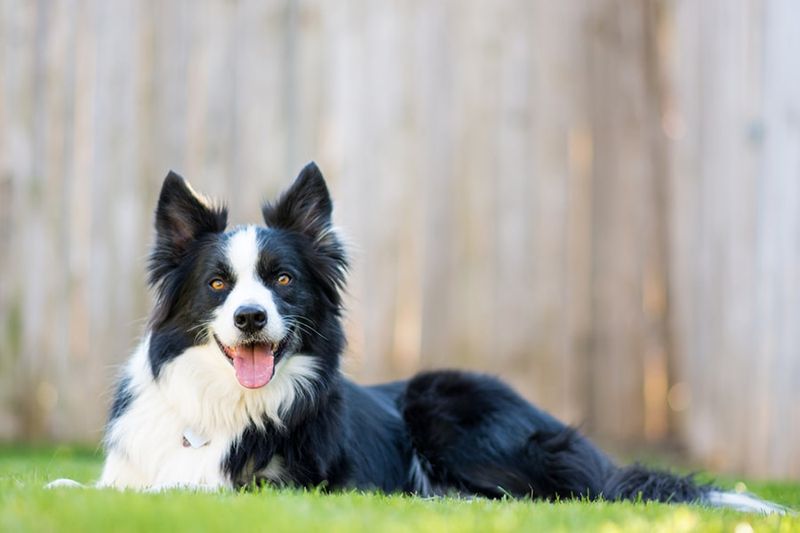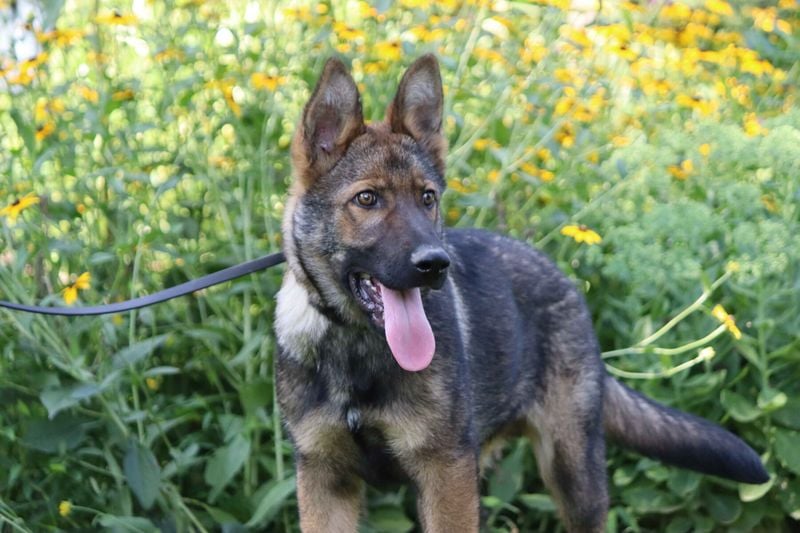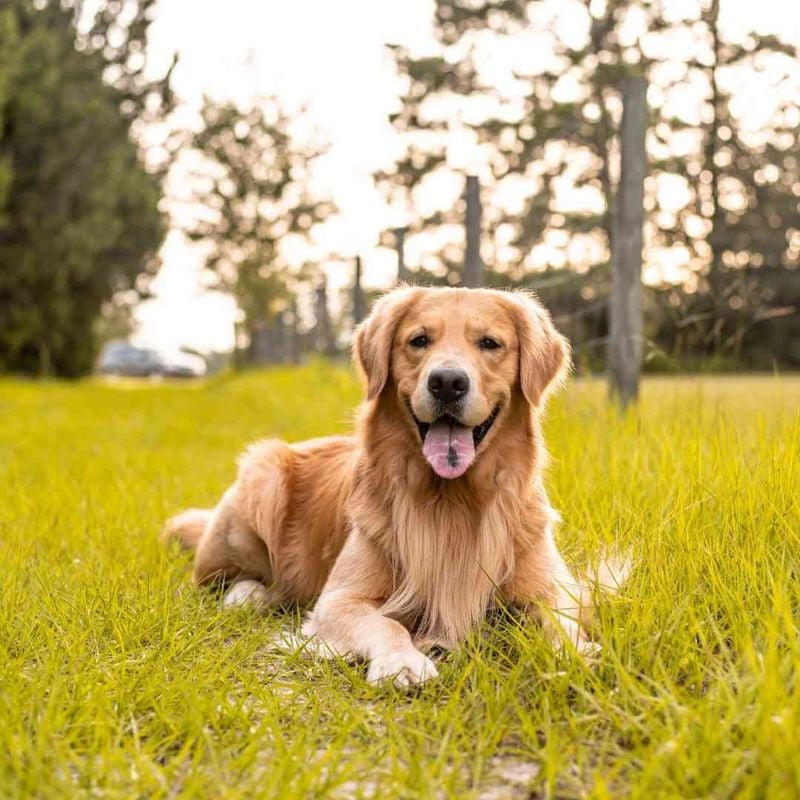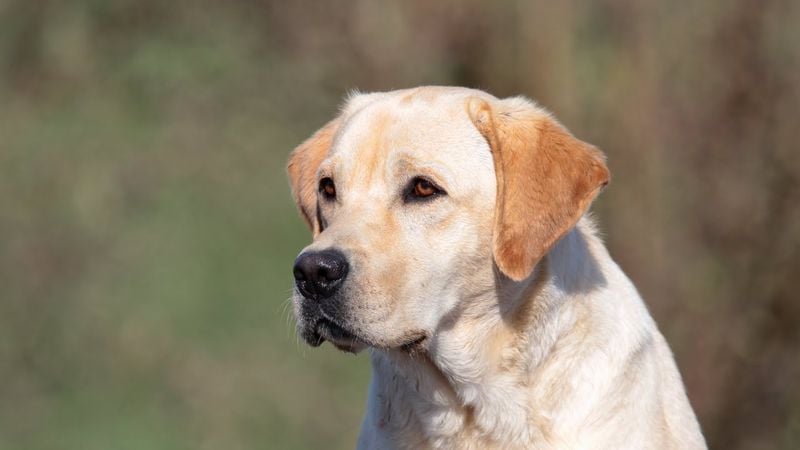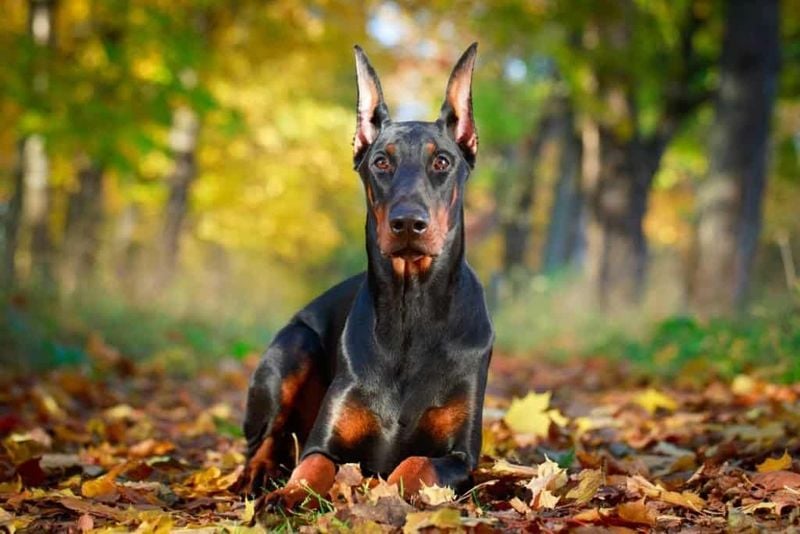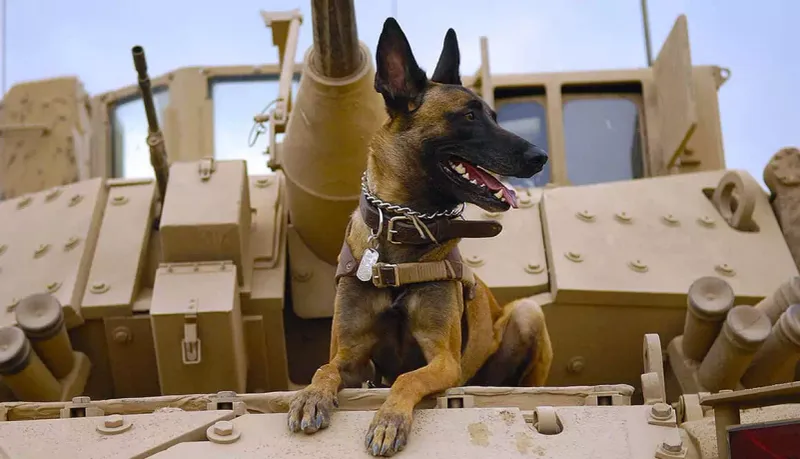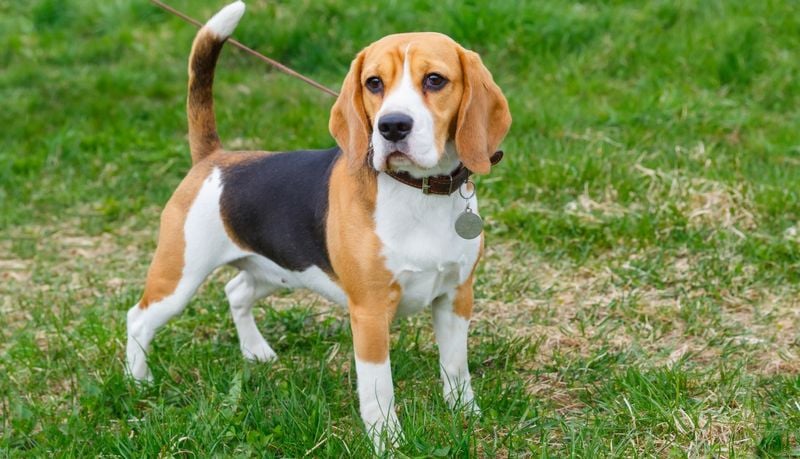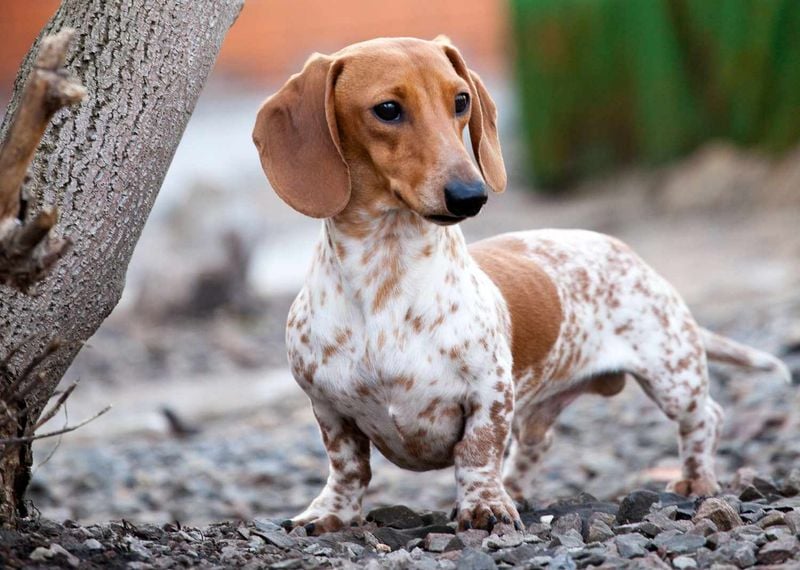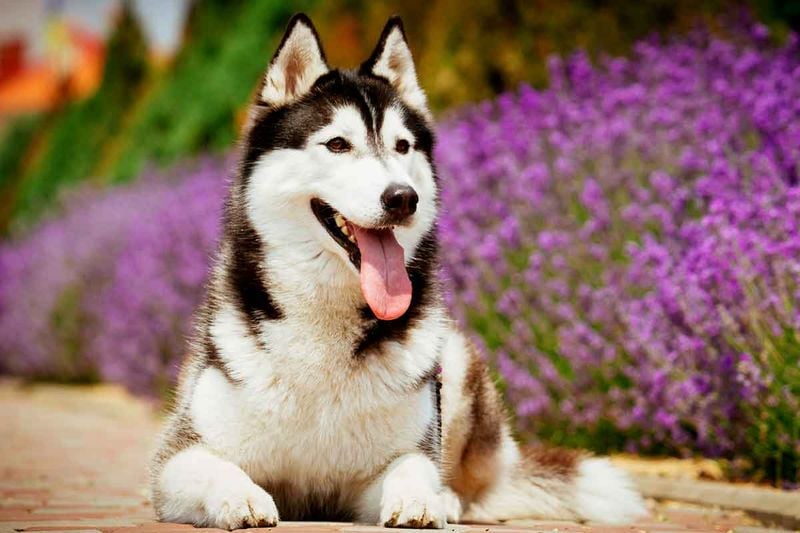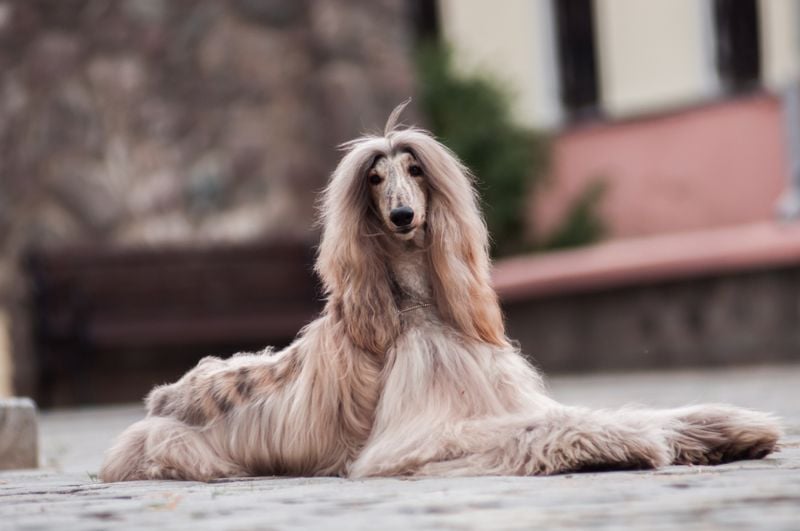The 7 Most Obedient Dogs You’ll Ever Meet (Plus 6 Who Live for Trouble)
Looking for a four-legged friend who actually listens when you call? While all dogs are lovable in their own way, not all are equally eager to follow commands—or even acknowledge them. Some breeds are born people-pleasers, hardwired to obey, serve, and stay by your side through thick and thin. Others? Let’s just say they prefer to march to the beat of their own bark.
Whether you’re dreaming of a loyal companion who aces obedience school or you’re fine with a bit of free-spirited chaos, knowing a dog breed’s natural temperament is key. Discipline and trainability can vary wildly from one breed to another. While proper training, patience, and environment play a role, genetics still steer the ship more than many realize.
So, before you bring home a new pup, consider what kind of relationship you’re looking for. Do you want a dog who anticipates your every command, or one who keeps you guessing—and maybe laughing—every day?
From sharp and focused working dogs to the cheeky charmers who treat rules like suggestions, we’ve rounded up 7 of the most disciplined dog breeds, plus 6 that are proudly freewheeling. Your ideal match might be on either list. Let’s find out.
1. Border Collie: The Straight-A Student of the Dog World
Bred to herd sheep across challenging Scottish highlands, Border Collies possess an almost supernatural ability to anticipate commands. Their keen intelligence isn’t just impressive—it’s practically intimidating!
These workaholics thrive on mental challenges and will literally invent jobs if you don’t provide enough stimulation. Many owners report their Border Collies learning new commands in just 5-10 repetitions, compared to 40+ for average breeds.
Their intense focus makes them championship-level competitors in obedience trials, agility courses, and herding competitions. Just remember: this intelligence requires constant engagement, or they’ll redirect that brainpower into creative household destruction.
2. German Shepherd: The Loyal Protector Who Lives to Serve
German Shepherds earn their reputation as police and military partners through their remarkable combination of intelligence and devotion to duty. Their natural protective instincts blend perfectly with an eagerness to please their chosen human.
These versatile workers excel at tracking, protection, search-and-rescue, and guide dog work. A well-trained Shepherd can learn to differentiate between dozens of objects by name and retrieve specific items on command.
Their legendary loyalty means they’ll follow instructions even in chaotic environments. Fun fact: During WWI, German Shepherds served as messenger dogs, navigating dangerous battlefields to deliver critical communications when technology failed.
3. Golden Retriever: The Eager-to-Please Sweetheart
With their perpetual smile and wagging tail, Golden Retrievers approach training sessions with boundless enthusiasm. Their natural desire to make you happy translates into remarkable obedience with minimal correction needed.
Originally bred to retrieve waterfowl for hunters, Goldens maintain a soft mouth—gentle enough to carry an egg without cracking it. This inherent gentleness, combined with their intelligence, makes them exceptional therapy and service dogs.
They excel at reading human emotions and adjust their behavior accordingly. While not as lightning-quick to learn as Border Collies, their patience and forgiving nature make training mistakes less problematic, perfect for first-time dog owners.
4. Labrador Retriever: America’s Favorite Four-Legged Team Player
Labs combine work ethic with an easygoing personality that makes training feel more like play than work. Their food motivation (sometimes bordering on obsession) creates perfect training opportunities—they’ll happily perform complex behaviors for the smallest treat.
These versatile retrievers transition seamlessly between family companion and working roles. Their exceptional nose makes them valuable detection dogs for everything from drugs to cancer cells, while their steady temperament suits them for guide dog work.
Labs possess remarkable adaptability, handling environment changes with minimal stress. Their natural swimming ability comes from specialized water-resistant coats and webbed feet—traits that made them invaluable to Newfoundland fishermen long before becoming America’s most popular breed.
5. Doberman Pinscher: The Elegant Guardian with Laser Focus
Beneath the Doberman’s sleek, athletic exterior lies a mind built for precision work. Created by tax collector Louis Dobermann for protection during his dangerous rounds, these dogs combine sharp intelligence with unwavering loyalty.
Dobermans process commands with remarkable efficiency, often understanding complex instructions after minimal repetition. Their natural alertness makes them exceptional watchdogs, but proper training channels this vigilance into controlled responses rather than reactivity.
Despite their intimidating reputation, well-trained Dobermans display impressive discrimination—responding to threats while remaining gentle with family. Their velcro-like attachment to their people creates a dog that naturally stays close, making off-leash reliability easier to achieve than with independent breeds.
6. Belgian Malinois: The Tireless Working Machine
Military and police units worldwide choose Malinois for their extraordinary drive and precision. These dogs approach tasks with an intensity that makes other high-energy breeds look lazy by comparison.
Malinois possess lightning-fast reflexes and problem-solving abilities that allow them to excel in protection work, detection, and search-and-rescue operations. Their natural athleticism enables them to clear 8-foot walls and perform tasks that seem impossible for their medium build.
Behind their serious working demeanor lies an affectionate, sensitive dog that forms deep bonds with handlers. Their eagerness to work means they’ll repeatedly perform difficult tasks without losing enthusiasm—a trait that makes them exceptional competitors but challenging pets for casual owners.
7. Standard Poodle: The Aristocratic Brainiac
Don’t let the fancy haircut fool you—Standard Poodles were originally working retrievers with serious intelligence. Their hypoallergenic coats might attract owners for allergy reasons, but trainers prize them for their exceptional problem-solving abilities.
Poodles approach training with an almost human-like comprehension, quickly grasping patterns and concepts beyond simple commands. Their remarkable memory allows them to retain commands even after long periods without practice.
Historically used for everything from water retrieval to truffle hunting, Poodles maintain versatility that belies their elegant appearance. Their sensitivity to tone makes them responsive to subtle cues but also means harsh training methods backfire spectacularly—they perform best with positive reinforcement that engages their considerable intelligence.
But not every breed is eager to follow the rules—some are delightfully independent, with personalities that are as unpredictable as they are entertaining.
1. Beagle: The Nose That Knows No Boundaries
Beagles march to the beat of their own drum—or more accurately, follow the lead of their exceptional noses. These hunting hounds were bred to track rabbits independently, making decisions miles away from their handlers.
Training challenges stem from their single-minded focus when tracking scents. A Beagle on an interesting trail might as well be wearing noise-canceling headphones—your commands simply don’t register against the symphony of smells they’re processing.
Their food motivation provides training opportunities, but consistency is crucial. Beagles aren’t being deliberately disobedient—they’re simply doing exactly what their breeding designed them for: following scents with remarkable determination. Their howling “aroooo” when finding a scent trail is the sound of a dog completely fulfilled by following its natural instincts.
2. Dachshund: The Stubborn Tunneler with Selective Hearing
Bred to chase badgers into underground burrows, Dachshunds developed the independence and determination necessary for hunting dangerous prey without human guidance. Their stubbornness isn’t accidental—it was essential for survival!
These long-bodied hunters possess surprising courage packed into a small frame. Their tenacity served them well when confronting fierce badgers, but translates to a dog that questions whether your commands are really necessary.
Dachshunds aren’t incapable of learning—they simply require convincing that obedience benefits them personally. Their keen intelligence means they quickly figure out which rules can be bent. The same determined personality that makes them challenging pets also makes them entertaining companions who approach life with unwavering confidence despite their diminutive size.
3. Siberian Husky: The Free-Spirited Snow Dog
Huskies were developed by the Chukchi people of Siberia to run vast distances while making independent decisions about safe ice paths. This history created a dog that views commands as interesting suggestions rather than requirements.
Their intelligence manifests as creative problem-solving—particularly when it involves escaping enclosures. Husky owners share tales of dogs opening refrigerators, unlocking doors, and scaling seemingly impossible fences.
Huskies require mental engagement alongside physical exercise, but traditional obedience rarely holds their interest. Their independence isn’t defiance—it’s their heritage as working partners rather than subordinates. When a Husky looks at you with those striking blue eyes while completely ignoring your recall command, you’re experiencing thousands of years of selective breeding for self-sufficient sled dogs.
4. Jack Russell Terrier: The Energizer Bunny with Attitude
Originally bred for fox hunting, Jack Russells possess enough energy and determination to power a small city. These compact terriers approach life at full throttle, with a fearlessness that far exceeds their small stature.
Their intelligence is undeniable, but it’s channeled into pursuing their own agenda rather than pleasing humans. Training sessions quickly become negotiations, with the clever Jack Russell constantly testing boundaries and looking for loopholes in your commands.
These dogs require owners with consistency, creativity, and a sense of humor. Their tendency to bark, dig, and chase makes them challenging in suburban settings. When a Jack Russell seems to be ignoring your commands, they’re not being disobedient—they’re simply prioritizing the squirrel they just spotted over your request to come inside.
5. Afghan Hound: The Dignified Beauty with Better Things to Do
Afghan Hounds carry themselves with an aloof dignity that borders on royal indifference. Developed to hunt independently in the mountains of Afghanistan, these sighthounds were never bred to work closely with humans.
Their spectacular flowing coats and elegant appearance hide a surprisingly independent mind. Training challenges stem not from lack of intelligence but from a profound disinterest in performing for human approval.
Afghans process commands through a filter of “Is this worth my time?” Often, their answer is a polite but firm no. Their hunting heritage means they’re easily distracted by moving objects, making reliable recall nearly impossible. The same independence that frustrates trainers allowed these dogs to pursue game across rugged terrain without constant direction—a trait preserved in today’s show ring beauties.
6. Chow Chow: The Feline Spirit in Canine Form
With their lion-like appearance and dignified demeanor, Chow Chows approach life with a cat-like independence rare in the dog world. One of the ancient dog breeds, they served as palace guards in Imperial China, making decisions without handler input.
Chows possess strong opinions about everything—including which commands deserve their attention. Their aloof personality extends to training, where they question the purpose behind each request before deciding whether to comply.
These blue-tongued dogs form deep bonds with their chosen people but maintain a natural reserve that resists the eager-to-please nature of more biddable breeds. Their independence isn’t stubbornness—it’s self-sufficiency developed over thousands of years. When a Chow gives you the side-eye during training, they’re simply exercising their ancient right to executive decision-making.

